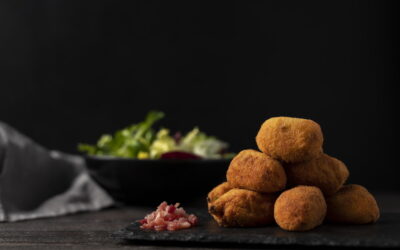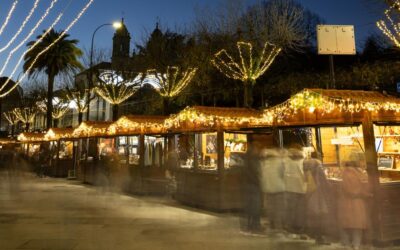The parks of Pablo Iglesias, Ponte Mantible, Blanco Amor and San Caetano form a path of interconnected green areas that links the neighborhoods of Vite and the surroundings of the administrative buildings of the Xunta de Galicia.
The first was inaugurated in 1994 and is named after the founder of the Spanish Socialist Workers’ Party and the General Workers’ Union (UGT). In fact, this park has a statue in homage to the Spanish politician by César Lombera.
Also known as the ‘Parque da Uve’, it is located in the Guadalupe neighborhood and covers an area of 23,000 square meters, with large lawns, sports areas and promenades. The woodland is sparse and presents linear plantations of cypresses, linden trees or magnolias.
The park of Ponte Mantible, on the other hand, stands out for the remains of a medieval network of underground conduits, dating from the 12th century. It is one of the main elements of the primitive drinking water supply network.
It is also part of the Guadalupe neighborhood and has an area of about 9,000 square meters, crossed by the Corgo River.
This site stands out for its grassy areas and different species of trees, such as poplars, amber trees, magnolias and cherry blossom trees, as well as for the sculpture ‘A Porta de Compostela’, by Camilo Otero, which represents the passage of human beings through life.
The Blanco Amor park is an extension of the green areas of Pablo Iglesias and Ponte Mantible, of about 9,000 square meters, and maintains a similar scheme to these sites.
Finally, the itinerary is completed with the green area of the San Caetano area, better known for being located in the vicinity of the administrative buildings of the Galician Government.
The origin of this area can be found in the gardens designed in the 1960s. Subsequently, it was remodeled and currently occupies an area of about 16,000 square meters.
Among the points of interest, highlights the Chapel of San Caetano, built in the seventeenth century, and the sculptures of the Día do Xordo of 1993, another in tribute to the sculptor José María Acuña López, and a boat in memory of the protests of the purse seine sector of 2015-2016.






